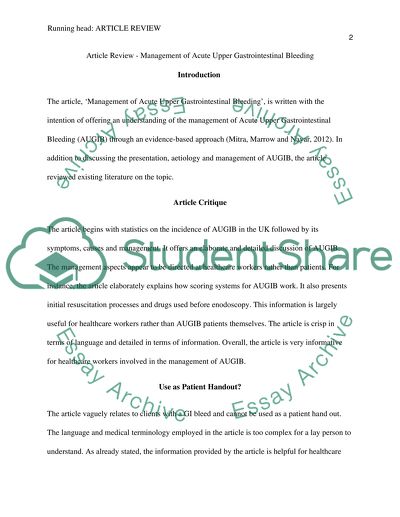Management of acute upper gastrointestinal bleeding Research Paper. Retrieved from https://studentshare.org/nursing/1638176-management-of-acute-upper-gastrointestinal-bleeding
Management of Acute Upper Gastrointestinal Bleeding Research Paper. https://studentshare.org/nursing/1638176-management-of-acute-upper-gastrointestinal-bleeding.


